With its broad, charcoal-black mask, silvery head, slaty back and brick-red belly, the male common redstart is among the finest sights of spring in Britain.
Redstarts are summer visitors to our shores, particularly to the woodlands of Wales and northern Britain, with some also to be found on heaths and forests in the south and east of England.
Despite their splendid looks, redstarts can be hard to spot among the trees. Familiarity with their song is invaluable.
Growing up in south-east England, away from the heathlands that are their stronghold here, I met with very few redstarts, and always found the song tricky to grasp.
The best advice I was given was to listen for a chaffinch that goes wrong.
Redstarts usually begin their phrases with a little whistle, like a sharp indrawn breath, and then a chip-chip-chip that sounds like a chaffinch - one that’s about to bounce its ball down those wide steps.
But with the redstart those loud chips pivot into a little warble or a series of squeaks, different every time.
In this recording, listen out for a bit of chiffchaff in the third phrase. And is that nuthatch at the end of the first phrase? Coal tit in the fourth?
The second part of each phrase can be highly variable, and often features snippets from other birds’ songs. You might regard redstarts as the archivists of the woods, sampling audio from their neighbours. In one recent study, a single bird was found to mimic over fifty other species in a single hour.
Redstarts like to sing from on or near the crown of a tree, such as a birch or oak. This can make them tricky to pick out among the leaves.
Stick with it and you may be rewarded by seeing the bird drop down to feed, robin-like, at ground level.
Whether female or male, adult or youngster, the bird will show a rusty-coloured tail - the ‘start’ referred to in ‘redstart’.
The tail often quivers, as if suspended by invisible wire, while the rest of the bird remains quite still.
Ground level is also a good place to find redstarts during migration, especially in the autumn as they return to Africa during August and September.
At these times redstarts might turn up almost anywhere, and they can be relatively showy - along a hedge or at the edge of isolated hawthorn, darting down to the grass to grab an insect and back up to perch.
Although they can be quiet at this time, their contact call provides another helpful clue to their presence.
To my ear this sounds very like a chiffchaff’s quizzical little contact call - just a little stronger. I wonder how many redstarts I have walked past in my life, assuming their were chiffchaffs?
These days I take a moment longer to check. Wherever you are, it’s always good to share your day with a redstart.
📖 Fifty species in an hour: the remarkable mimicry of Common Redstart (Birdguides)
Common redstarts are found in summer across northern and central Europe, and into central Asia. In winter they live in central Africa.
Start again: Black Redstart
This is the 19th instalment in 2025’s cycle of Shriek of the Week. You can catch up with Robin - which includes details of how this works - as well as Wren, Song Thrush, Blackbird, Great Tit, Dunnock, Chaffinch, Goldcrest, Nuthatch, Chiffchaff, Skylark, Great Spotted Woodpecker, Blackcap, Starling, Willow Warbler, Nightingale, Whitethroat and Swift.
For those who can, subscribing to the paid tier of Shriek of the Week supports me to write more and keep this all going.
It also gets you access to the full A-Z archive of Shriek of the Week AND our livestream-hopping Early Bird Club call - the next is 8am BST (GMT +1) on Saturday 7 June.
Thanks Emily for your recent support 🪽
📺 Candid camera of the week
Tawny Owl nest in Denmark
Media credits:
Redstart image by MikeLane45
Black redstart image by Wolfgang Vogt on Pixabay
🐦⬛ Are you a creative or communicator working for climate, nature recovery or community resilience?
Find the others. Join 249 of us at Content Rising, an amazing gathering at the Millennium Seed Bank, Kew Wakehurst in Sussex, on 12 June.


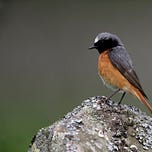


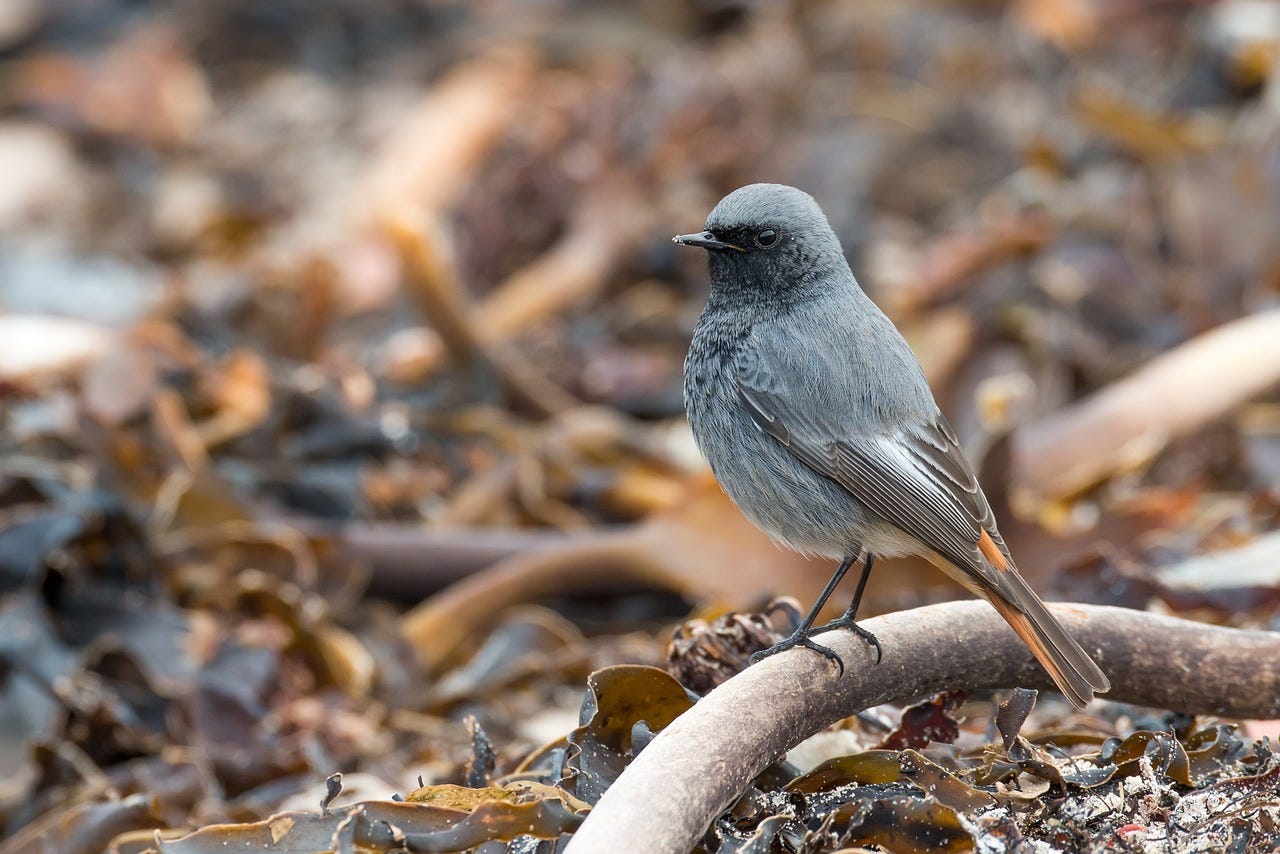


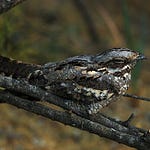
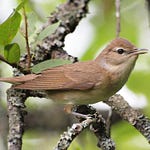

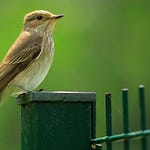


Share this post